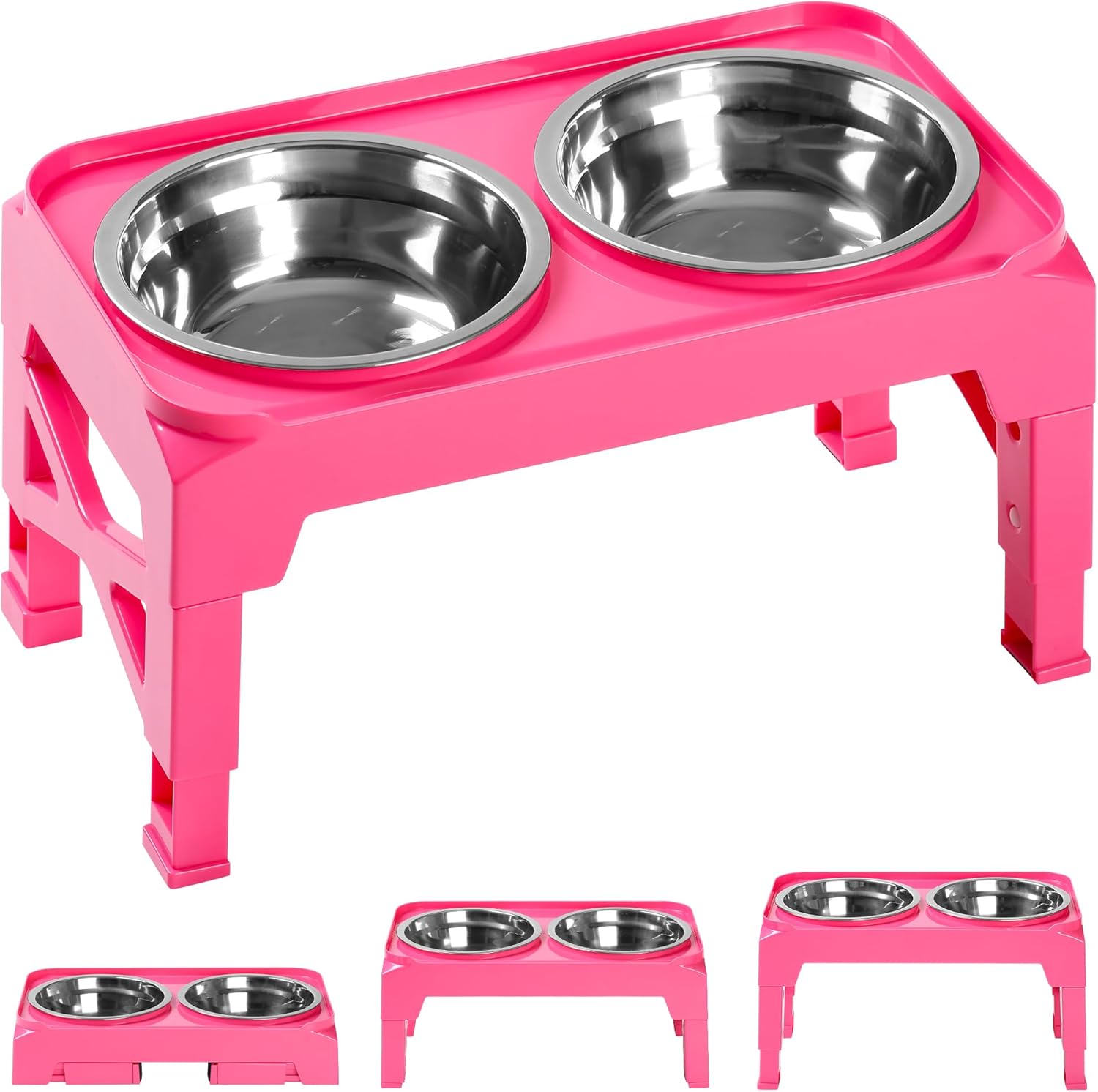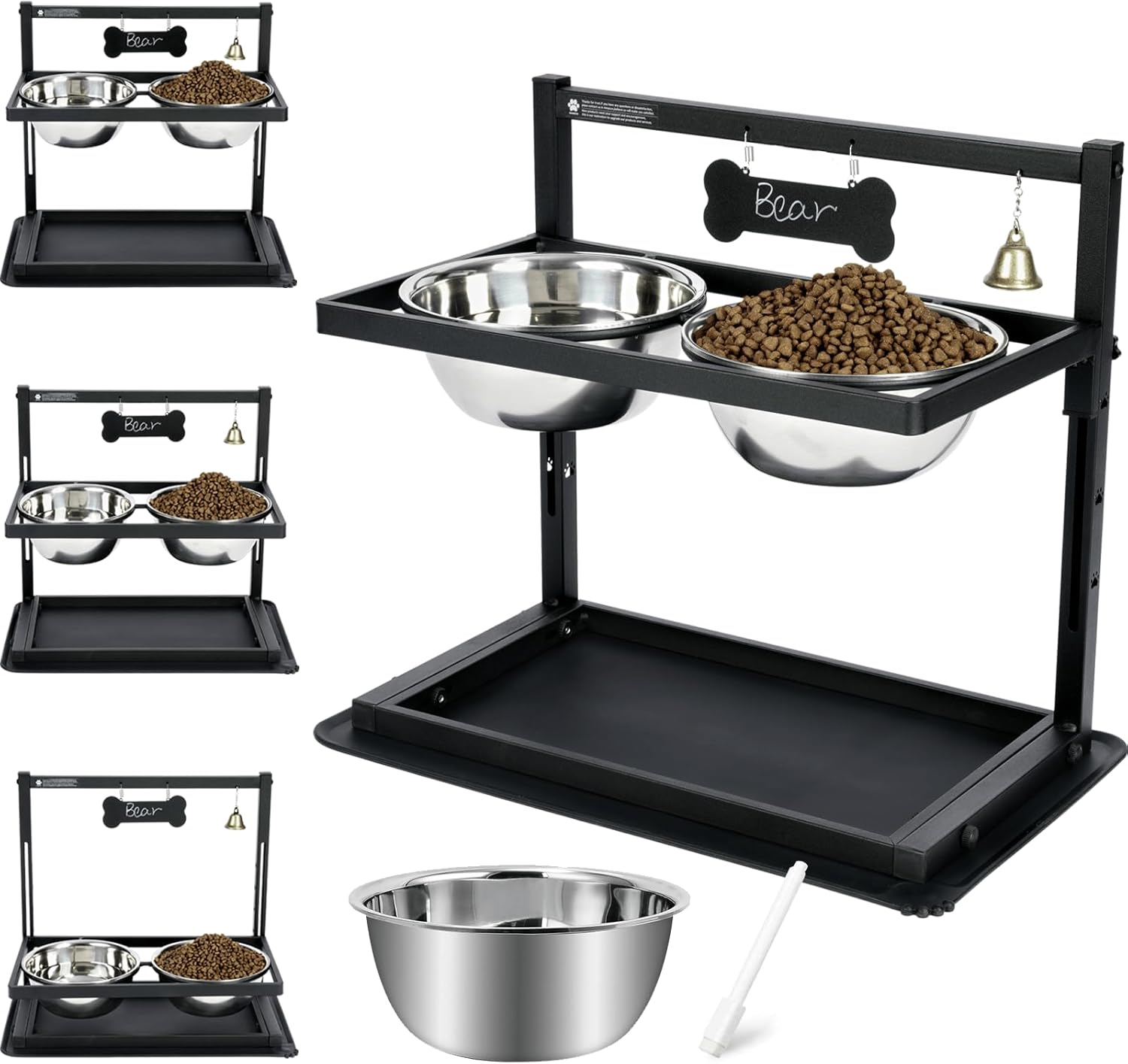How to Choose the Right Grooming Brushes for Your Dog’s Coat
Introduction: Why Choosing the Right Brush Matters
A dog’s coat is more than just a physical feature—it’s a reflection of their overall health and well-being. Regular grooming, including brushing, is essential for keeping your dog’s coat shiny, free of mats, and healthy. However, with so many types of brushes available, how do you know which one is best for your dog? The key lies in understanding your dog’s coat type and the specific brush that works best with it. In this guide, we’ll explore the different types of dog grooming brushes and help you select the right one to keep your dog’s coat in top condition.
Section 1: Understanding Your Dog’s Coat Type
-
Short-Coat Dogs
Short-coated dogs, like Beagles or Boxers, have smooth fur that is easier to manage but still requires regular brushing to remove loose hairs and keep the coat looking healthy.-
Best Brushes:
- Slicker Brushes: These brushes remove loose hair while helping to distribute natural oils in the coat.
- Bristle Brushes: Soft, dense bristles are perfect for short-haired dogs, smoothing the coat and giving it a shiny finish.
-
Best Brushes:
-
Long-Coat Dogs
Dogs with long coats, such as Afghan Hounds or Shih Tzus, require frequent brushing to avoid tangles, mats, and general upkeep.-
Best Brushes:
- Pin Brushes: These are great for detangling long coats without causing damage.
- Slicker Brushes: The fine, closely spaced pins help to untangle knots and mats and are perfect for long-haired dogs.
- Undercoat Rakes: Essential for double-coated breeds, these rakes remove loose undercoat fur and prevent matting.
-
Best Brushes:
-
Curly or Wavy-Coated Dogs
Breeds like Poodles and Basset Hounds have curly or wavy coats that require special care to avoid matting and to keep the hair looking neat.-
Best Brushes:
- Pin Brushes: A good choice for curly or wavy coats, as the flexible pins glide through the curls without causing damage.
- Comb Brushes: A wide-tooth comb is ideal for curly hair, preventing tangles while working through the dense coat.
-
Best Brushes:
-
Double-Coat Dogs
Double-coated dogs, such as Huskies or Golden Retrievers, have two layers of fur: a soft, insulating undercoat and a coarser outer coat. Grooming double-coated dogs is crucial to avoid matting and to reduce shedding.-
Best Brushes:
- Undercoat Rakes: Designed specifically to target the soft undercoat, these brushes remove dead hair and help reduce shedding.
- Furminator Deshedding Tool: The Furminator helps to remove loose fur from the undercoat without damaging the outer coat, reducing shedding by up to 90%.
-
Best Brushes:
Section 2: Factors to Consider When Choosing a Grooming Brush
-
Dog’s Coat Length and Texture
The length and texture of your dog’s fur should guide your choice of brush. Short-haired dogs generally do well with bristle brushes or rubber brushes, while long-haired dogs require pin brushes, slicker brushes, or undercoat rakes. -
Dog’s Sensitivity
If your dog has sensitive skin, it’s important to choose a brush that’s gentle yet effective. Soft bristle brushes or gentle pin brushes are great for dogs with sensitive skin. Avoid harsh brushes or excessive force when brushing to prevent discomfort or skin irritation. -
Dog’s Grooming Needs
Consider your dog’s grooming requirements. Some dogs, like Poodles, require regular grooming to prevent matting, while others may only need occasional brushing. If your dog sheds heavily, consider using a deshedding brush or undercoat rake to keep shedding under control. -
Handle and Comfort
Grooming can take time, so a comfortable, ergonomic handle is essential for ease of use. Look for brushes with rubberized or cushioned handles to minimize hand fatigue during long grooming sessions. -
Frequency of Use
If you’re grooming your dog daily or weekly, it’s worth investing in a high-quality, durable brush. A brush that is easy to clean, has sturdy bristles, and can withstand frequent use will give you the best value in the long term.
Section 3: Types of Brushes and Their Uses
-
Slicker Brushes
- Use: Ideal for detangling and removing mats from all coat types, particularly long-haired and curly coats.
- Benefits: Helps smooth the coat and prevents matting without damaging the hair.
-
Pin Brushes
- Use: Best for untangling and smoothing long, thick, or curly coats.
- Benefits: Flexible pins work through tangles gently without pulling or irritating the skin.
-
Bristle Brushes
- Use: Perfect for short-haired dogs to remove loose fur and dirt.
- Benefits: Distributes natural oils throughout the coat, promoting a healthy shine.
-
Undercoat Rakes
- Use: Best for double-coated breeds to remove loose undercoat hair.
- Benefits: Helps reduce shedding by removing dead hair before it can shed all over your home.
-
Deshedding Tools (e.g., Furminator)
- Use: Designed to reduce shedding by removing the undercoat.
- Benefits: Works efficiently on double-coated dogs and helps to control shedding, especially during shedding season.
-
Rubber Brushes
- Use: Gentle brushes for sensitive skin, perfect for short-haired dogs or dogs with skin issues.
- Benefits: Massages the skin, stimulates circulation, and helps to remove dirt and loose fur without causing irritation.
Section 4: Conclusion - Choosing the Right Brush for Your Dog’s Coat
Selecting the right grooming brush for your dog’s coat is key to maintaining a healthy, shiny, and comfortable fur coat. Whether your dog has short, long, curly, or double-layered fur, using the appropriate brush will not only make grooming more efficient but will also improve your dog’s overall well-being. Regular brushing removes dead hair, prevents matting, and promotes the circulation of natural oils, keeping your dog’s coat looking its best. Always consider your dog’s coat type, sensitivity, and grooming needs when choosing a brush. With the right tools and a little patience, grooming will become an enjoyable experience for both you and your dog.
Affiliate Products



